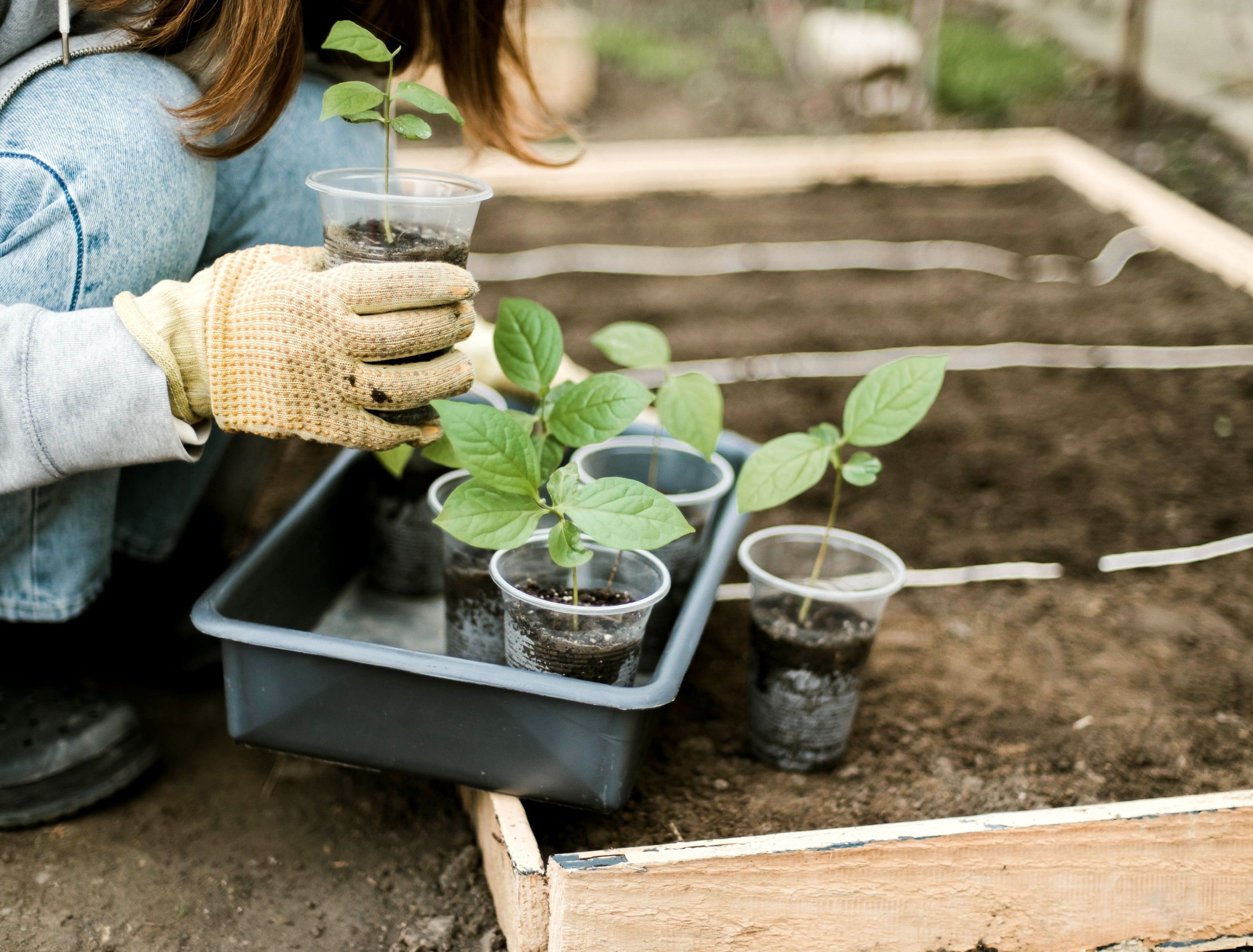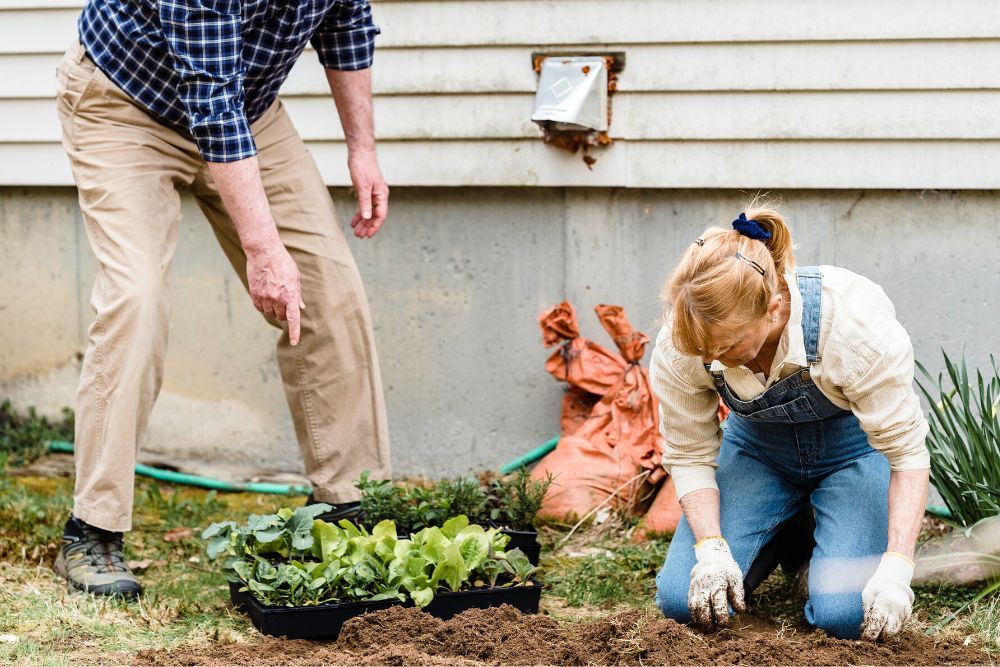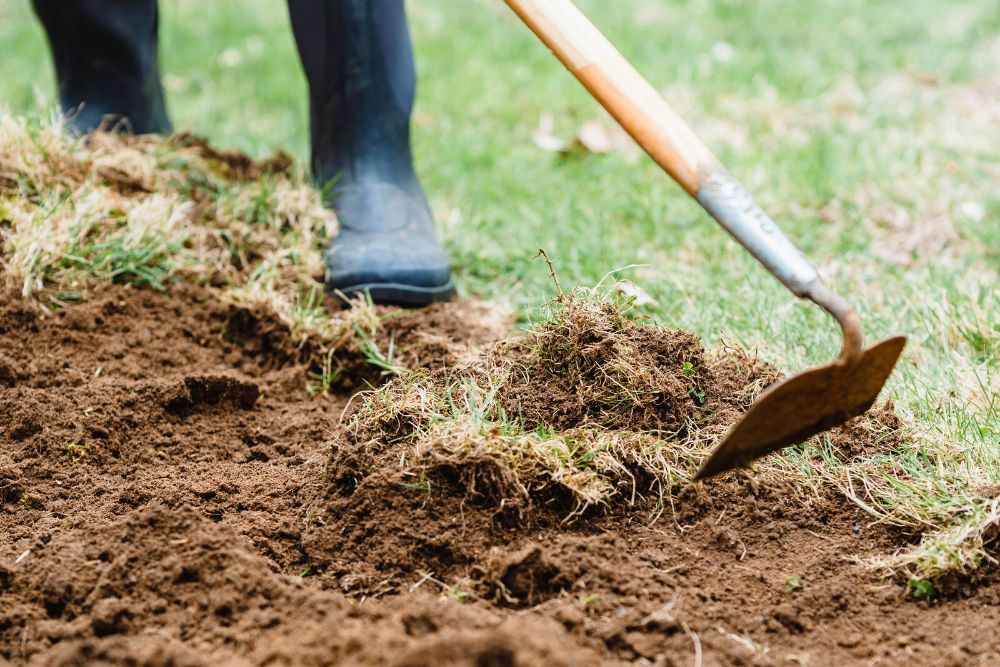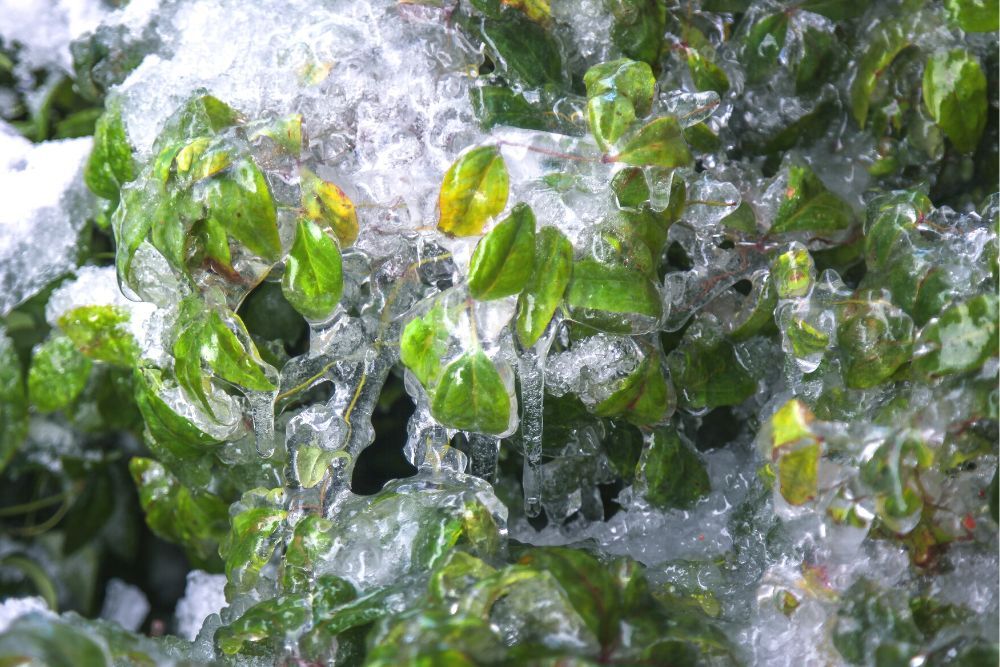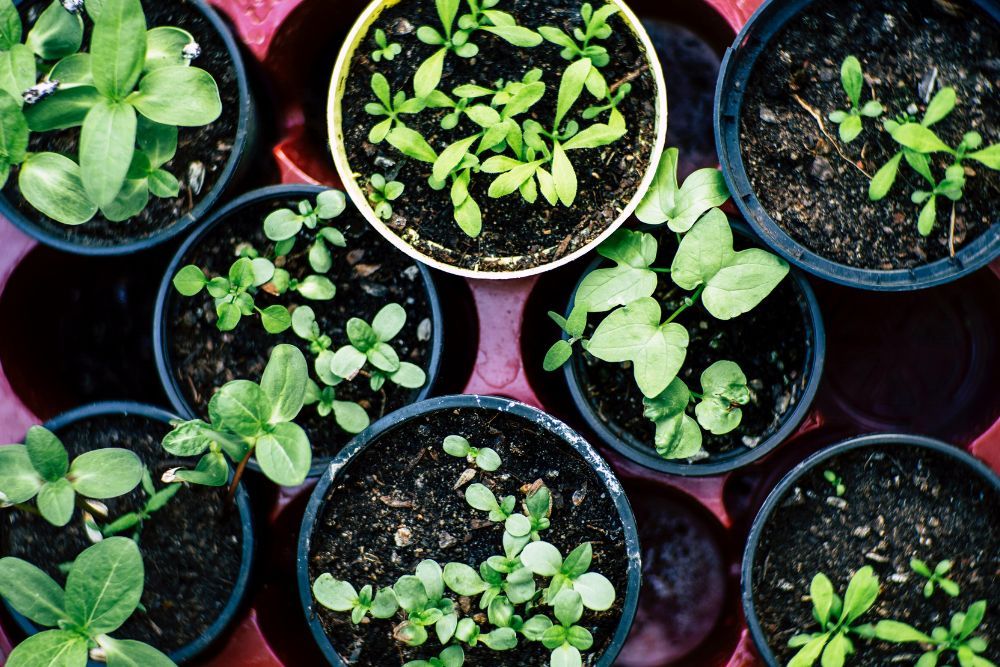When the soil begins to thaw and the birds begin to sing after a long and cold winter, nature is letting you know that you can finally start preparing for the next gardening season! Creating your own garden can be a relaxing and highly rewarding hobby.
However, if you don’t take some necessary steps to properly prepare yourself, it can easily disrupt your plans and cause some frustration and disappointment along the way. To help you have an enjoyable and prosperous garden this spring, make sure to avoid these four mistakes!
1. Not Planning Ahead
Image credits: Greta Hoffman via Pexels
Planning out your garden before doing any physical labor is the most crucial step in your garden prep. Planning will require you to consider what you want your garden to look like and what its purpose will be. When you have these details sorted out, you can then move forward with building a strategy.
Having a strategic plan means you’ve considered all the requirements you need to meet to have a successful garden. Here are some things to keep in mind:
- Assess the location to see if it’s an appropriate amount of space for the type of garden you’re looking to build.
- Check out the amount of sunlight this location receives at multiple times throughout the day to ensure it’s sufficient for your garden.
- Identify if the soil is levelled and if there are any physical barriers in the way like rocks, roots, or trees.
- Test your soil to make sure it has proper amendments and nutrients.
- Do you want to grow a flower bed or a vegetable garden?
Taking some time to think through these specifics will help you determine how much work you’re going to have to do. This will be different for everyone based on their level of commitment. Just remember, if you’re planning on making any major landscape changes, this is going to require much more time, money, and effort than simply creating a simple vegetable garden. It’s good to recognize this early on!
2. Neglecting Soil Preparation
Image credits: Greta Hoffman via Pexels
Once you have created a plan for your garden, you can help secure your confidence about the location you’ve chosen by doing a soil test. This will give you a better idea about the type of soil you currently have in your yard. Additionally, it will help you identify any specific treatment it may need to be a healthy spot for your future plants to live in.
More specifically, testing your soil will help you learn about its fertility, nutrient balance, pH levels, and draining strength. These are major factors that will influence the success of your garden.
Lucky for you, there are many ways you can test your soil at home with simple household items! Alternatively, there are many budget-friendly and professional soil testing kits you can buy that are digital, analog, or chemical-based. It’s better to do this far in advance of planting anything, so you can take some time to optimize the environment for growing.
3. Starting Too Early
Image credits: Nikita Belokhonov via Pexels
It can be easy to get swept up in excitement when starting your spring gardening prep! However, it’s important to remember that plants can be highly sensitive to temperature changes. If you start your planting outdoors too early, you risk exposing your seeds or seedlings to frost or other weather conditions that can damage or even kill them.
To avoid this from happening, be sure to check out when the last and first frost date is for your area. This will help you schedule your planting accordingly, so your babies don’t experience cold shock. If you are starting with seeds, remember that each type has its own specific germination period and requirements, some may even need to be started indoors.
If it’s still too cold to plant your seeds outside, take some time to organize an indoor garden! You can easily sow many types of seeds indoors to help you get a head-start on your spring gardening.
4. Picking the Wrong Plants
Image credits: Markus Spiske via Pexels
You need to ensure you’re picking the right plants for your garden. What this means is that you're selecting species which are well-suited for the climate you live in. If you fail to research what will work well in your environment, there are some negative consequences, including:
- Poor growth and low yields
- Higher susceptibility to disease and pests
- Wasted resources (such as specific fertilizers, extra water, and time)
As you prepare for the season ahead, identify what type of climate and hardiness zone you are in. This will help you find the types of plants that will grow the best in your specific location.
Now That You Know, You’re Ready to Grow
Now that you know what to be cautious of, you’re all set to get started on your garden! Remember to be mindful of the location you select, the type of soil you’re working with, when to start your planting, and selecting the right plants for your climate.
What other lessons have you learned throughout your gardening journey? Share your story in the comments below!

